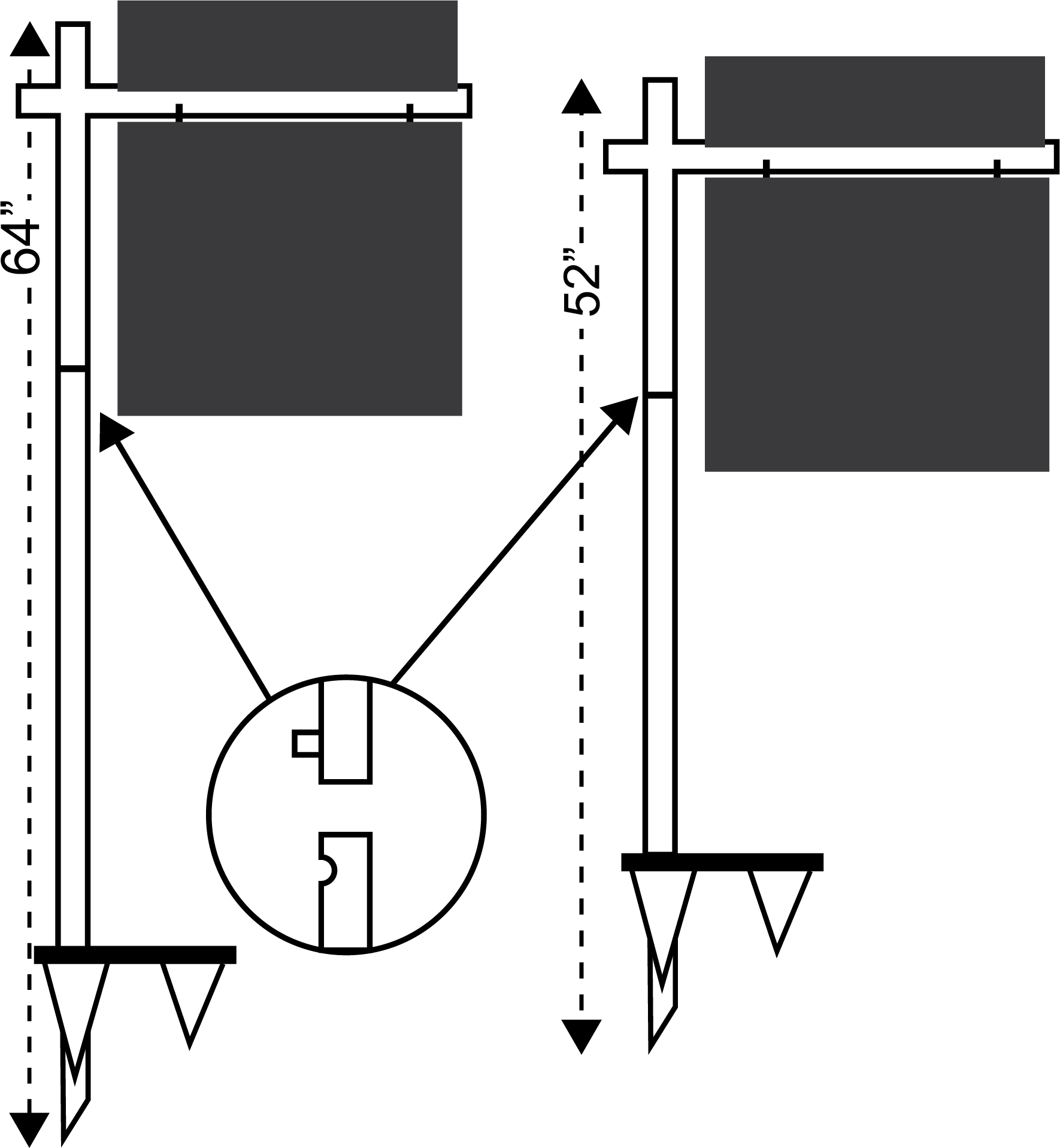

1 For more on this, see Khalid Abou El Fadl, The Great Theft: Wrestling Islam from the Extremists (New York: Harper-Collins, 2005) John Cooper, Ronald Nettler and Mohammad Mahmoud, eds., Islam and Modernity: Muslim Intellectuals Respond (New York: I.B. A pervasive rhetoric and, at times, dogma of unity among Muslims in modern Islamic thought – driven partially by the belief that avoiding fitna, or sedition, is a religious obligation and partially by the mobilisation of the global ummah, or collective community, for political interests – has played its part in the failure to recognise the existence of this legitimate and real division. Although this division is real, and has been for centuries, it is not explicitly acknowledged in the Muslim world. The divisions in Islam that matter most are not of sect but rather of attitude, between the progressive and regressive.There are critical lessons from the past that serve to clarify the dynamics still at play today: As secular nationalism overtook Islamic modernism as the route to entry and relevance within the modern world, regressive Islamist ideologues monopolised the label of “authentic Islam” and spearheaded a return to traditions, gradually capitalising on the inevitable anxieties emerging in the rapidly changing period from after the second world war into the cold war. Second, the pan-Islamism that has since taken many forms but first emerged as a resistance to influential 19th-century Islamic modernisers who were attempting, at the time, to emulate European innovation and prowess while upholding the spirit of Islam, all with the ultimate aim of advancing Muslim communities in the modern era.It attracted both spirited support and visceral opposition. While Islam remained an important element to appeal to the masses and sustain legitimacy, it was secondary to so-called Arabness. By the 1950s, Arabism was both distinctly anticolonial and characterised by a broadly socialist agenda that emphasised state control, the redistribution of wealth, and social justice and reform in pursuit of national strength. It was a nationalist ideology driven by a belief that the Arab peoples were bound together by a common history and a shared language – and so should form an independent political bloc. This form of nationalism was not religious but neither was it staunchly secular. First, the Arab nationalism that emerged and came to dominate the era of postcolonial independence and efforts for self-determination.Once the history of the past century, at the least, is acknowledged and understood, then we can see how the Middle East and the Arab-Muslim world became hostages to two competing – and limiting – political ideologies from the 20th century onwards: This paper therefore traces the significant sociopolitical events, debates and turning points that put the contemporary challenges still facing Muslim and Middle Eastern leaders, and thus their Western allies, into context.

Only then can it become clear how 9/11 was a culmination of the political misuse of Islam, why Muslims around the world today still wrestle with Islamists to reclaim their faith, and what forces and ideas should be backed now if progressive voices are to succeed. Fortunately, efforts are growing to redraw the lines and define a modern interpretation of Islam, but if the West is to support this then it must understand the journey so far. Instead, 20 years on from 9/11, the West should recognise the following: the political, religious and cultural developments that gave rise to the attacks in 2001 stretch back many years the struggle is ongoing but the mistakes of previous policies, and ways in which to change them, are today easier to discern and the hope of a new and better Middle East and Muslim world can, even amid conflict and inevitable challenge, be identified with some optimism – if we truly understand the history and therefore frame the future correctly.Īfter decades of its instrumentalisation for a range of political projects, consensus over what is authentic Islam and what is a misuse of it has largely been lost. While this has led many in the West – from the political left and right – to call for an end to the “endless wars”, complete withdrawal from Afghanistan and further disengagement from the Middle East will not end a struggle that has endured for generations. Indeed, in places, the threat has been seen to proliferate. Despite a sustained and coordinated military resistance, both the appeal of the ideology and the threat posed by violent and political Islamists have survived. The attacks of 9/11 propelled Islamist terrorism to the top of the international security agenda, where it has remained for the past 20 years.


 0 kommentar(er)
0 kommentar(er)
